Pictures of your child on YouTube, discriminatory statements in comments, nasty jibes in the Messenger group or forbidden symbols: Content on the Internet can cause trouble for many reasons. However, they don’t appear anywhere on the web, but concretely on platforms, apps and websites. And there you can also report this.
Providers try to set rules and monitor them to the extent they can. There are even laws for this, such as the Youth Protection Act. When content is reported, the platform must check within a short time whether it is punishable content and delete it. For this, the platforms depend on the participation and help of the users. Whether on YouTube. WhatsApp, Instagram or TikTok: Everywhere, you or your child can report content that may violate platform policies or a law. For example, reporting racist content has increased dramatically in recent years, according to YouTube and Facebook.
Reviews and comments from other users or parents can also be helpful with apps or games if you are unsure if they are suitable. For example, the app stores often indicate when there are a lot of ads or in-app purchases, or when a game is very violent. If you or your child have had your own experiences, or if content seems suspicious to you, share it with others, taking advantage of this valuable opportunity to support each other.
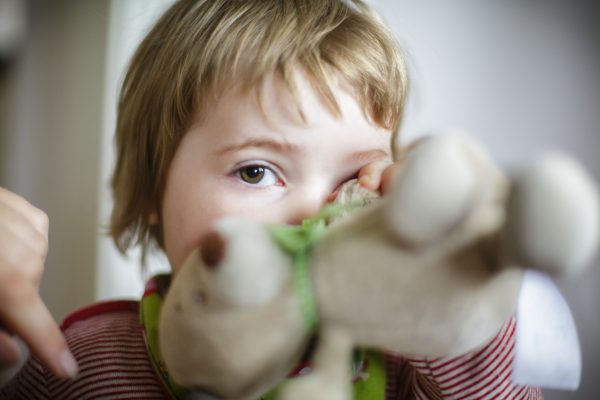
Copyright: Thomas Trutschel/photothek.net
Even at a young age, your child may unintentionally come into contact with forms of violence via media. This can be via a commercial clip that is currently playing on TV or by swiping around on the tablet that is lying around and a video opens on Youtube. A lot of content from movies, videos, or games that is easy for older children, teens, and adults to process can scare young children. They only learn over time to clearly classify what they see on a screen and understand it as a media experience.
Not every depiction of violence has to be physical. Threatening voices and statements, gloomy lighting, or dramatic music can also frighten young children. Therefore, it is especially important during this phase that you accompany and observe your child’s media use. Meanwhile and afterwards, seek conversation, respond to his questions, offer protection and explanations. Make sure your child can only access age-appropriate media.
Of course, it’s best to explore the online worlds together with your child. But that won’t always be possible or practical.
Media use should take place in an appropriate environment. For example, if the family computer is in a fixed place like the study or living room, your child will be more responsible with it right away. It also allows you to keep an eye on what your child is doing online, and you’re approachable if they need help. However, it is important that your child does not feel controlled and overly confined. This also applies to the use of the smartphone. Talk to your child about what he or she does on the Internet on different devices. Set up a protected user account together. Child and youth protection programs or apps such as Google Family Link for children and teens can help. Also use separate settings on your router or smartphone.
The most important thing is to talk to your child about safety online. Talk about security risks and problematic content. If you find content problematic, you can report it.
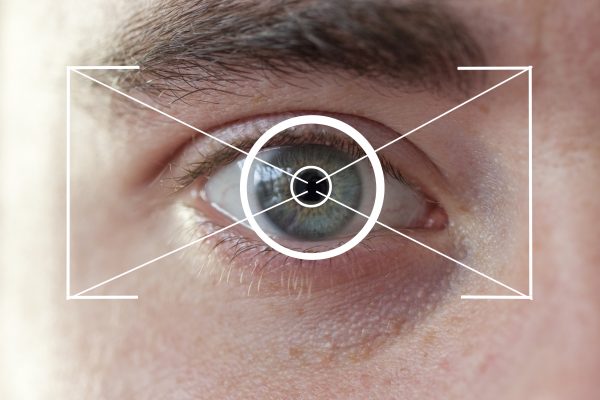
Copyright: photothek.net
Data protection refers to the protection of personal data (e.g. name, date of birth or telephone number) and is a fundamental right in the European Union. Every person has the right to decide what happens to their own data. All companies that use and process such data must ensure data protection. But you should also pay attention yourself, because once information about yourself has been spread on the net, it can be misused.
We are all consumers, which means we buy food and other things, use services such as the hairdresser. Consumer protection is intended to ensure, among other things, that products and services are safe and reasonably priced. In terms of the Internet, consumer protection is also about content. For example, we should be protected from inciting statements in a forum, depictions on a website that are harmful to minors, or unwanted e-mails (spam). If you come across such content despite legal regulations, you should report it. These facilities, among others, are responsible for this:
Youth media protection is the generic term for the protection of underage children and young people from harmful influences through media. There are various institutions that deal with the protection of minors from harmful media. There you can get more detailed information on topics concerning the protection of minors from harmful media and report harmful content:
As parents, you have an interest in keeping an eye on what your child is doing with media and also what media are doing to your child, depending on their age and stage of development. On the other hand, it is even your duty (as a parent or guardian) to protect your child from inappropriate content. Nevertheless, you probably also want to let your child explore the web independently, give him free space and not control him all the time.
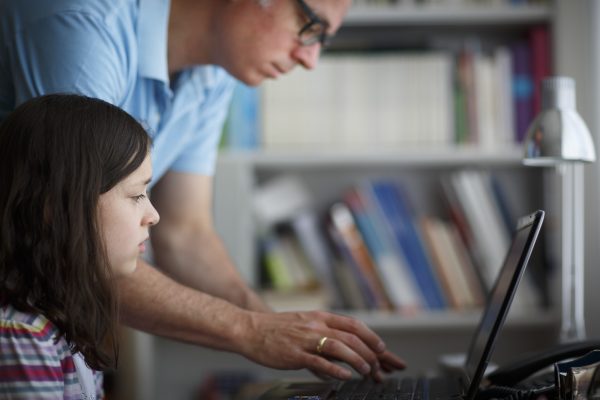
© photothek.net
Child and youth protection programs are a possible support for this. These are available for all devices and with more or less functionality. Some settings can also be made without an additional program. Basically, you can create different usage profiles. A central function is often to automatically block websites and search engines to prevent access to certain content such as pornography or illegal data sharing and the like. Likewise, you can record all activities of the user, set blocking times, disable in-app purchases, camera access or individual apps, and much more. The differences between the programs are in the details.
There are many free apps for smartphones and tablets, such as the fragFINN app, Google Family Link or JusProg. For more tips, see our article on Parental Control Apps and here. For PC and laptop, there is both free and paid software, which are then correspondingly more extensive. The operating systems from Microsoft and Apple also have their own settings options. Here, the applications from established Internet security companies in particular perform well in the tests, e.g. Kaspersky or Symantec.
Basically, programs and special settings in the operating system can take some work off your hands. However, they are not a substitute for your educational role, which is reflective media time together and talking with your child.
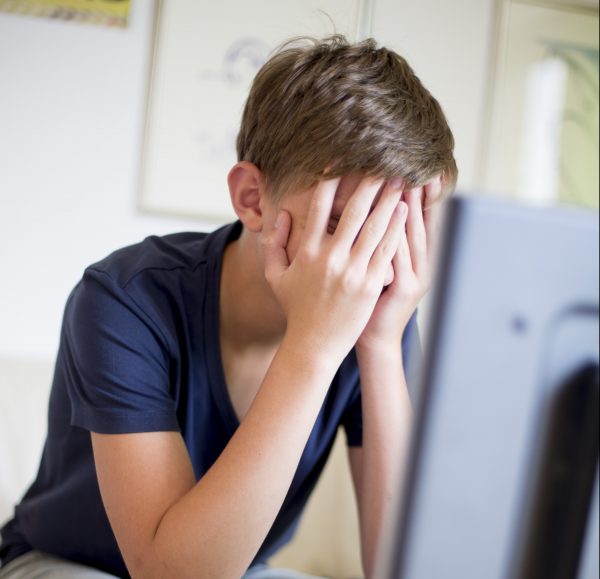
Copyright: Ute Grabowsky/photothek.net
Testing boundaries is important for your child’s development. This may include exposure to content that is not age-appropriate. The Internet in particular makes this easy for them. The depiction of violence, pornography, propaganda and racist content or the depiction of self-injurious behavior should not be expected of children. They can have a frightening effect on children and young people and impair development. However, the effect is highly variable. Therefore, it is imperative to take a close look at this content. Observe how your son or daughter reacts to different media content and talk to your child about his or her media experiences. Protect it from particularly critical content and websites. The age ratings of the youth media protection agencies, pedagogical assessments, and child-friendly Internet offerings will also help you. You can find out more here.
The Internet is full of helpful and entertaining offers. However, apps that are connected to the Internet, video platforms and other online offerings also quickly provide access to content that harbors potential dangers. Age-inappropriate offerings can scare your child. Even the best child and youth protection measures cannot provide comprehensive protection. You can still help your child be as safe as possible.

Copyright: photothek.de
As parents, be aware of the challenges your child may face when using media. This way, you can respond to your child in an emergency and offer assistance. You should not create unnecessary fear in your child in the process. Support the development of healthy skepticism, as well as a desire to use media!
Make sure your child can access age-appropriate content. Setting options on the device or in apps also help here. In addition, guidance in media use is indispensable, especially for young children.
The Internet makes it possible for virtually anyone to express their opinion publicly. However, this is associated with the problem that content or behavior is also presented on the Internet that is generally not considered acceptable. It becomes particularly difficult when children and young people accept such content without giving it much thought or because it seems well-founded. This applies, for example, to offers from radical, extremist associations. They present their ideas, opinions and values as the only correct ones. However, young people and especially children cannot properly assess the significance and consequences of such content. They then no longer know what is right or wrong and become susceptible to manipulation. The communication of such groups also does not provide a good model for the social behavior of children and young people. Hate speech and putting down minorities are examples of this.

Copyright: Ute Grabowsky/photothek.net
Your child should therefore learn to assess such offers and distance themselves from them. It is helpful if you talk to your child about his or her media use right from the start, show him or her appropriate communication behavior, and show him or her how to deal with media critically. It doesn’t help to technically block social networks or similar services. Because this also prevents their positive aspects, such as entertainment and creative use. Various studies have even shown that children and young people who actively deal with offers on the Internet are better prepared for dangers. They can better assess risks and develop their own defense strategies.
Not everything that can be seen and experienced in digital media is suitable for children and young people. A lot of content on the Internet is aimed at adults. As a parent, you therefore face the challenge of protecting your child from inappropriate content. Preventing children and young people from this is hardly possible or sensible. Instead of restricting access to digital media, potential risks should be reduced. Finally, there are also many positive sides to digital media. Depictions of violence, pornography, and self-injurious behavior are particularly challenging. Such content can have a frightening effect on children or promote problematic behavior. If your child comes into contact with it, he should be able to share his uncertainty with you.
That is why there is youth media protection, which assesses media content for its potential danger and regulates its public distribution. In this way, influences from the adult world that do not yet correspond to the developmental level of children and young people should be kept to a minimum and their personality development supported. Child and youth media protection measures create safe framework conditions. However, risks can only be minimized in this way, not eliminated. Your children’s safety online is ultimately determined by your media literacy as the ideal basis for effective protection.
Youth media protection helps protect children and young people from inappropriate media content. This film explains how it works.
The meaning of copyright, privacy, data protection and youth media protection are often difficult to understand even for us adults. Therefore, they should always be made an issue. And you as parents can at least sensitize and sharpen a critical eye for very specific challenges as well. What are the consequences of being too open about yourself and sending revealing pictures? Why not download anything illegally? How can sensitive data be protected? What are the rules on the network and why?
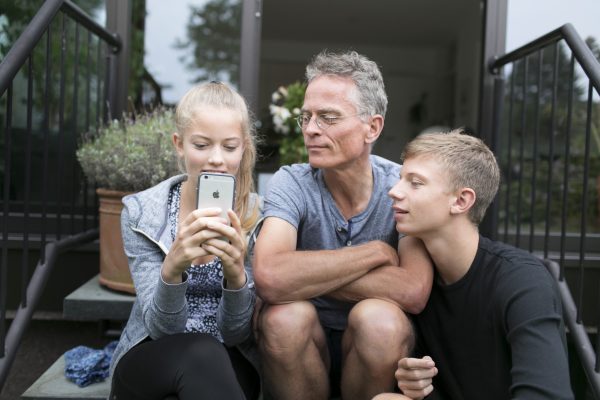
© photothek.net
You should also use the many possibilities offered by the media as an opportunity to talk or to try things out and create things together. You will not always agree on this. But that’s not the point either. It is about giving your child the competence to act independently and responsibly, whether in, with or without media!
Wherever children and young people communicate with each other, they can come into contact with people who have negative intentions. This may involve teaching problematic content or even prompting behavior that harms children. Such contact and communication risks are multifaceted: name-calling, threats and insults are not uncommon. In the case of a repeated occurrence, this can lead to cyberbullying.

Copyright: Thomas Trutschel/photothek.net
Finally, sexually oriented communication, sexual harassment or the initiation of sexual contact and ultimately sexual abuse(cybergrooming) cannot be ruled out. Such risks occur primarily in social networks. Contact can be established primarily via speeches in individual messages, but also via posts on a bulletin board, comments or group messages. Individual messages are particularly problematic because they cannot be seen by others and are therefore more intimate. Children and young people should be able to recognize the danger of such contacts at an early stage and take appropriate countermeasures. These include, for example, blocking or reporting the user or using secure messengers. Try to make it clear to your child that he or she should never follow doubtful prompts. The disclosure of private pictures, addresses or telephone numbers is also taboo. If dangerous contact does occur, your child should feel that he or she can always confide in you. You can read more about this topic in our article“Young and old should be safe online“.
Problem behavior begins when someone harms or threatens to harm themselves or others. This can certainly happen in phases of upheaval, as young people are in strong processes of change in themselves and also in their environment, but it is not the rule.

Copyright: photothek.de
Some close themselves off, others harm themselves, still others tend to be aggressive. All of this can be related to media content and media use, but it almost never has its causes there. The reasons are to be found in the psychological development and the social environment of the child. However, there is also a digital component to this: young people communicate online, obtain information online and seek guidance. Problematic behavior is also shown, discussed and documented on the Internet. There are special forums and social media channels that address violence, self-harm, eating disorders, and dark thoughts. Here, young people can come into contact with others who feel and think similarly to them and get attention they don’t get elsewhere. Particularly unstable and insecure young people can thus be encouraged to do the same as others without questioning content and behavior. If you notice changes in your child and are concerned that he or she is visiting such sites, ask. Get help from outsiders if you get stuck. You can find help offline, e.g. from social pedagogues or psychologists at your child’s school, and from online counseling centers such as the bke.